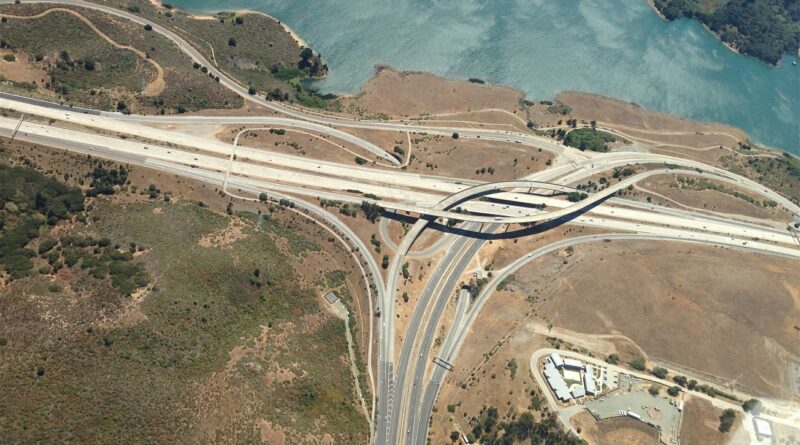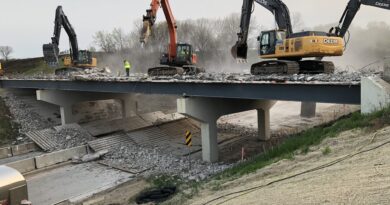South Florida’s Interchange Overhaul With a Diverging Diamond Design
In the bustling landscape of South Florida’s transportation network, the reconstruction of the interchange at SR-808/Glades Road stands as a testament to innovation and collaboration. This pivotal project, a cornerstone of the I-95 Express Phase 3B-2 initiative, addresses longstanding traffic inefficiencies that have plagued the area for over 15 years.
The decision to overhaul the interchange stemmed from the inadequacies of its previous partial cloverleaf design. As traffic volumes continued to surge, the existing infrastructure struggled to cope with current demands, let alone projected future growth. Traditional solutions, such as a standard cloverleaf redesign, were deemed unsuitable due to historical performance issues on urban roads like Glades Road. These concerns, including heavy weaving and the close proximity of adjacent intersections, necessitated a more innovative approach.
Thus, the Florida Department of Transportation (FDOT) approved the implementation of a Diverging Diamond Interchange (DDI), marking the first of its kind in District 4. The DDI’s unique traffic pattern, which temporarily shifts vehicles to the opposite side of the road at the interchange, promises to enhance efficiency and safety by minimizing conflict points and optimizing traffic flow.
Executing such a complex project required meticulous planning and close collaboration among multiple people, “Completing a complex project like this involves collaboration between several parties, agencies, and subcontractors,” said Corradino Group Consultant Project Spokesperson Andrea Pacini. “All stakeholders were collaborative in understanding the concept of operation and pushing for the necessary adjustments to accommodate construction while minimizing impact to the public.”
One of the project’s most formidable challenges was the rapid implementation of the DDI’s crossover traffic pattern over a single weekend. This ambitious timeline necessitated synchronized efforts, with multiple construction crews working concurrently to resurface roadways, reconstruct ramps, install drainage systems, erect signals, and strip lanes. The precision and coordination required to execute these tasks while minimizing disruption to the traveling public underscored the project’s logistical complexity.
Addressing the interchange’s design intricacies posed additional hurdles. Updates to the approved interchange design required rigorous validation of traffic models and meticulous documentation of environmental and rightof-way impacts. Engineering the crossover’s plateauing geometry demanded careful consideration to ensure smooth transitions and optimal alignment with existing roadway profiles and cross slopes.



